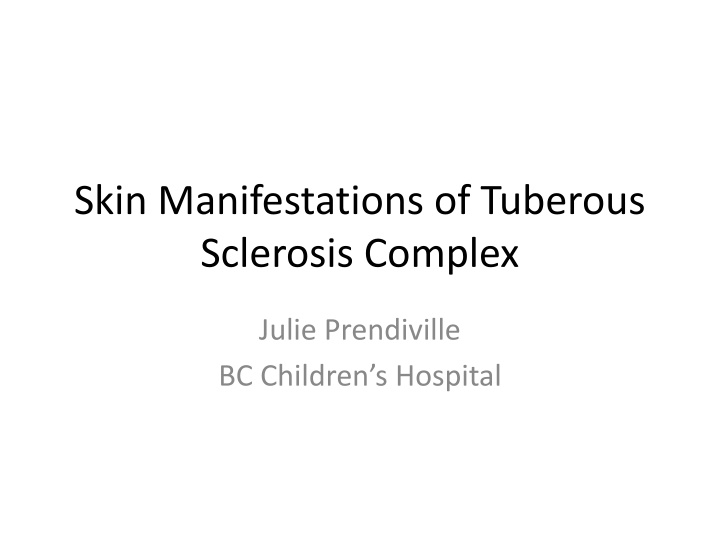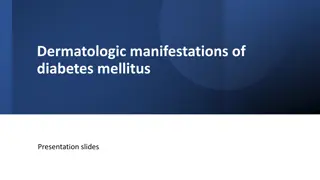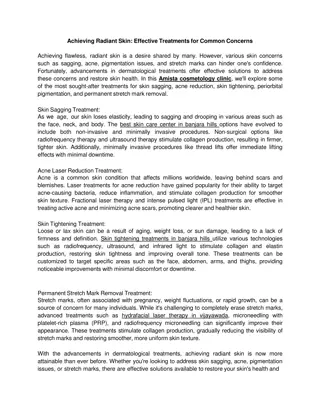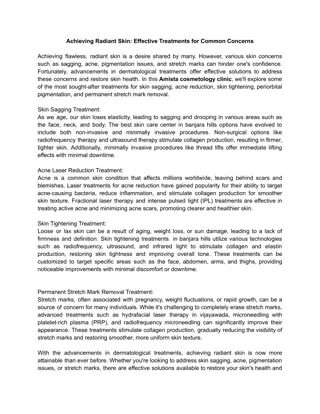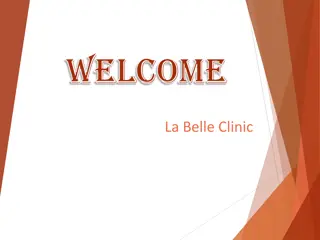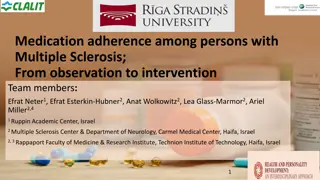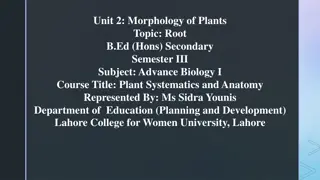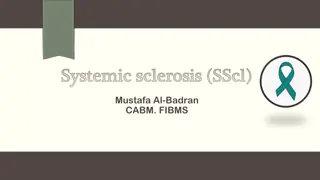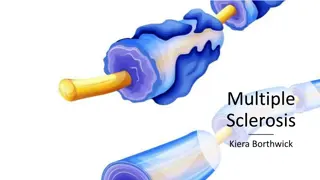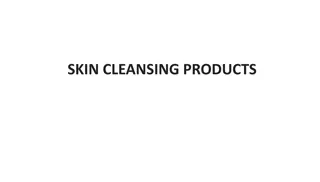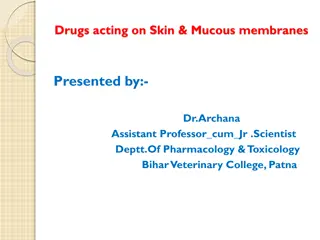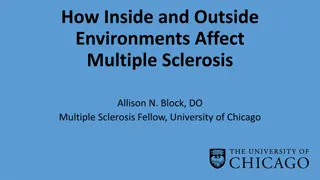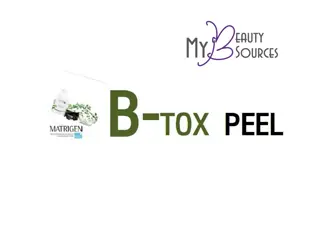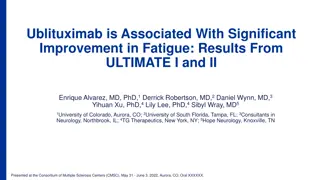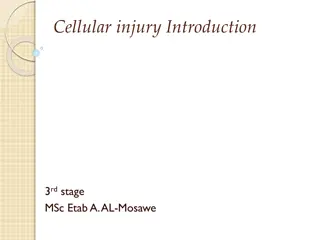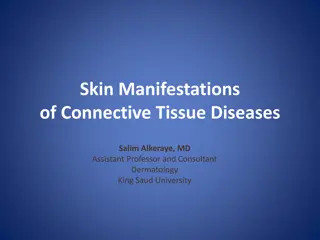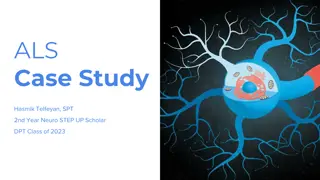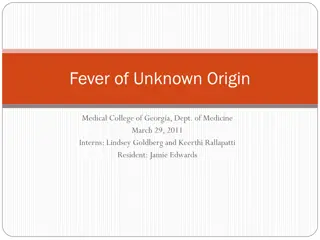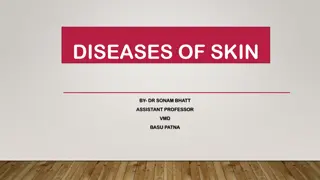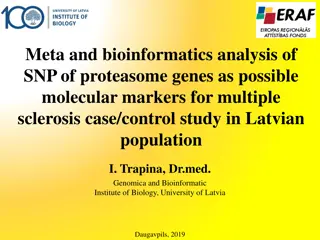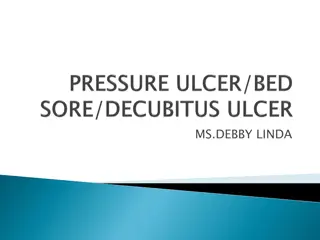Skin Manifestations of Tuberous Sclerosis Complex
Tuberous Sclerosis Complex (TSC) presents various skin manifestations including hypomelanotic macules, angiofibromas, fibrous cephalic plaques, ungual fibromas, collagenomas, confetti skin lesions, and more. These skin findings aid in diagnosing TSC, supplemented by differential diagnosis and treatment options such as surgical and medical interventions.
Download Presentation

Please find below an Image/Link to download the presentation.
The content on the website is provided AS IS for your information and personal use only. It may not be sold, licensed, or shared on other websites without obtaining consent from the author.If you encounter any issues during the download, it is possible that the publisher has removed the file from their server.
You are allowed to download the files provided on this website for personal or commercial use, subject to the condition that they are used lawfully. All files are the property of their respective owners.
The content on the website is provided AS IS for your information and personal use only. It may not be sold, licensed, or shared on other websites without obtaining consent from the author.
E N D
Presentation Transcript
Skin Manifestations of Tuberous Sclerosis Complex Julie Prendiville BC Children s Hospital
Skin Manifestations of TSC Hypomelanotic macules Angiofibromas Fibrous cephalic plaques Ungual fibromas Collagenomas (shagreen patch)
Skin Manifestations of TSC Minor diagnostic criteria Confetti skin lesions Oral/dental Dental pits Gingival and other oral fibromas Other
Hypomelanotic Macules Sometimes referred to as ash-leaf spots Classic lesion has similar lanceovate shape to mountain ash tree leaf Mountain Ash (Rowan) tree
Other Skin Findings Nuchal Skin Tags Neonatal White Plaques Associated with cardiac rhabdomyomas
Differential Diagnosis Vitiligo Acquired autoimmune condition Loss of melanocytes Piebaldism Present at birth Nevus depigmentosus Isolated white macules seen in general population May be small macules or large segmental areas
Mosaicism/Segmental Hypopigmentation Mosaicism in a child with TSC
Mosaicism Unilateral facial angiofibromas with no other evidence of TSC
Differential Diagnosis Facial angiofibromas may occur in other genetic conditions Multiple endocrine neoplasia type 1 Birt-Hogg-Dube syndrome Facial angiofibromas may be mistaken for acne
Treatment of Skin Manifestations Facial Angiofibromas Facial disfigurement May affect self-esteem May result in feelings of social isolation Ungual fibromas May cause discomfort Cosmetic issue
Treatment of Facial Angiofibromas Surgical Medical
Treatment of Facial Angiofibromas Surgical Pulsed dye laser For red vascular angiofibromas CO2 laser For fibrous angiofibromas Excision For larger or bleeding angiofibromas Angiofibromas tend to recur regardless of surgical modality
Treatment of Facial Angiofibromas Medical therapy Inhibitors of mTOR Rapamycin (sirolimus) Everolimus
Treatment of Facial Angiofibromas with MTOR Inhibitors 2008: report of improvement in child with TSC receiving sirolimus (rapamycin) following kidney transplant 2010: case report of improvement with topical application of rapamycin 2010-2016: multiple case reports, a few case series, and one controlled trial
Topical Rapamycin All published reports describe improvement Large angiofibromas may respond poorly
One Double Blind Study Koenig et al. 2012 23 patients Rapamycin 0.003% or 0.015% or placebo 73% of subjects in treatment arm reported improvement (27% no difference) 38% of subjects in placebo arm reported improvement (62% no difference)
How to Objectively Assess Improvement Before and after photographs Left /right comparison studies Double-blinded randomized controlled studies Standardized measurement tool Facial angiofibroma severity index (FASI)
Topical Rapamycin What is the optimal concentration? 0.0035% to 1% reported in the literature 0.1% and 0.2% most commonly prescribed What is the best vehicle? Ointment Cream Gel Solution frequently causes skin irritation
Topical Rapamycin Safety Systemic absorption appears to be minimal Skin irritation is the most common adverse effect May be treated with topical steroids
Obstacles to Treatment Cost 30 grams of rapamycin 0.2% cream costs ~ CAD$500 Compounding sirolimus (rapamycin) pills need to be crushed and compounded into cream or ointment Special Authority requests BC Pharmacare and many insurance companies require special authority approval
What about Everolimus Two placebo controlled studies of oral everolimus (for renal tumors) reported a significant improvement in skin lesions One study of topical everolimus showed benefit
Conclusions Oral rapamycin and everolimus appear to improve facial angiofibromas Topical formulations have shown benefit Double-blind randomized controlled studies using objective measurement tools are lacking Large angiofibromas do not appear to respond so well and may do better with laser/surgery Combination of surgical and medical treatments can be considered
